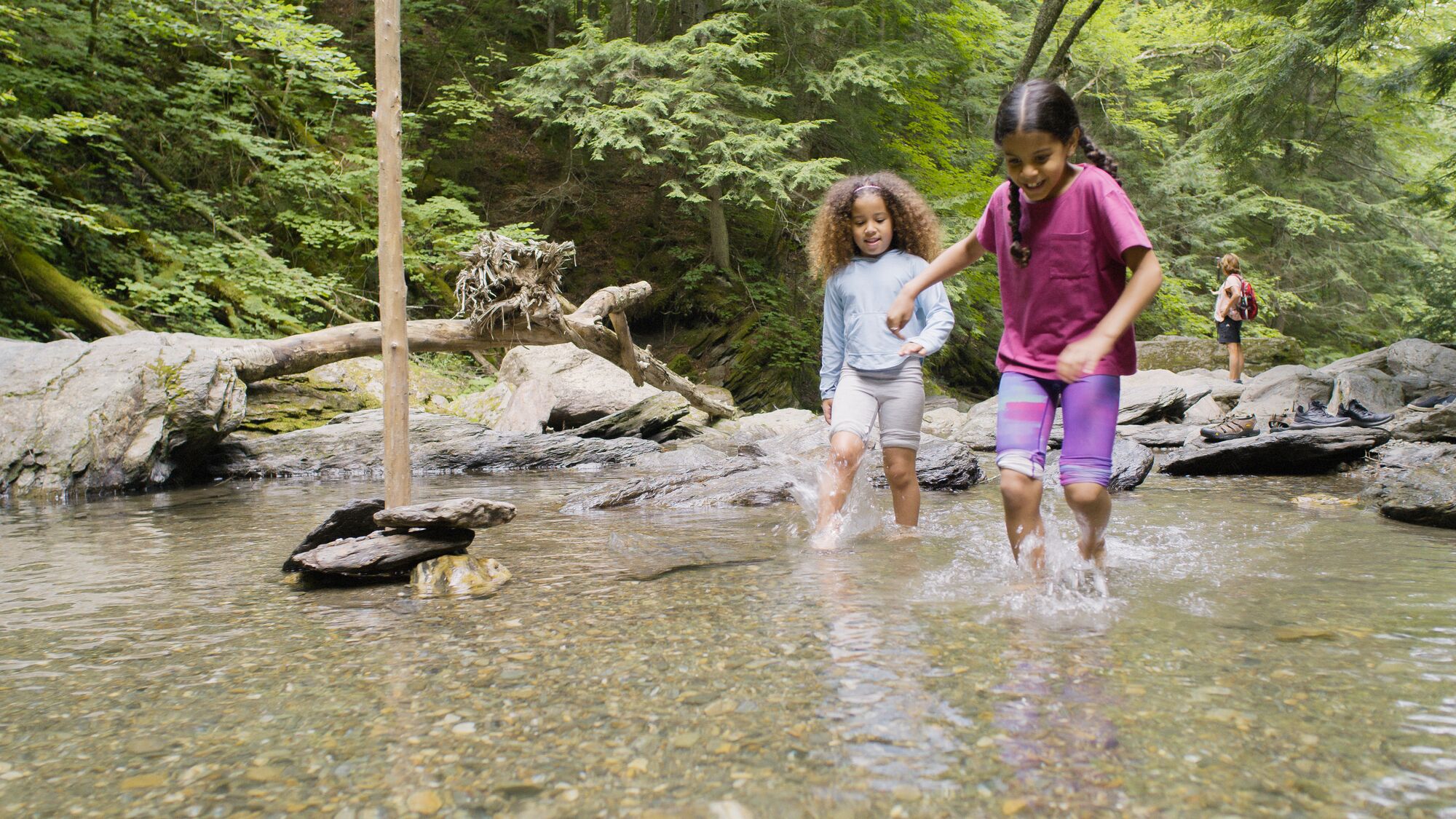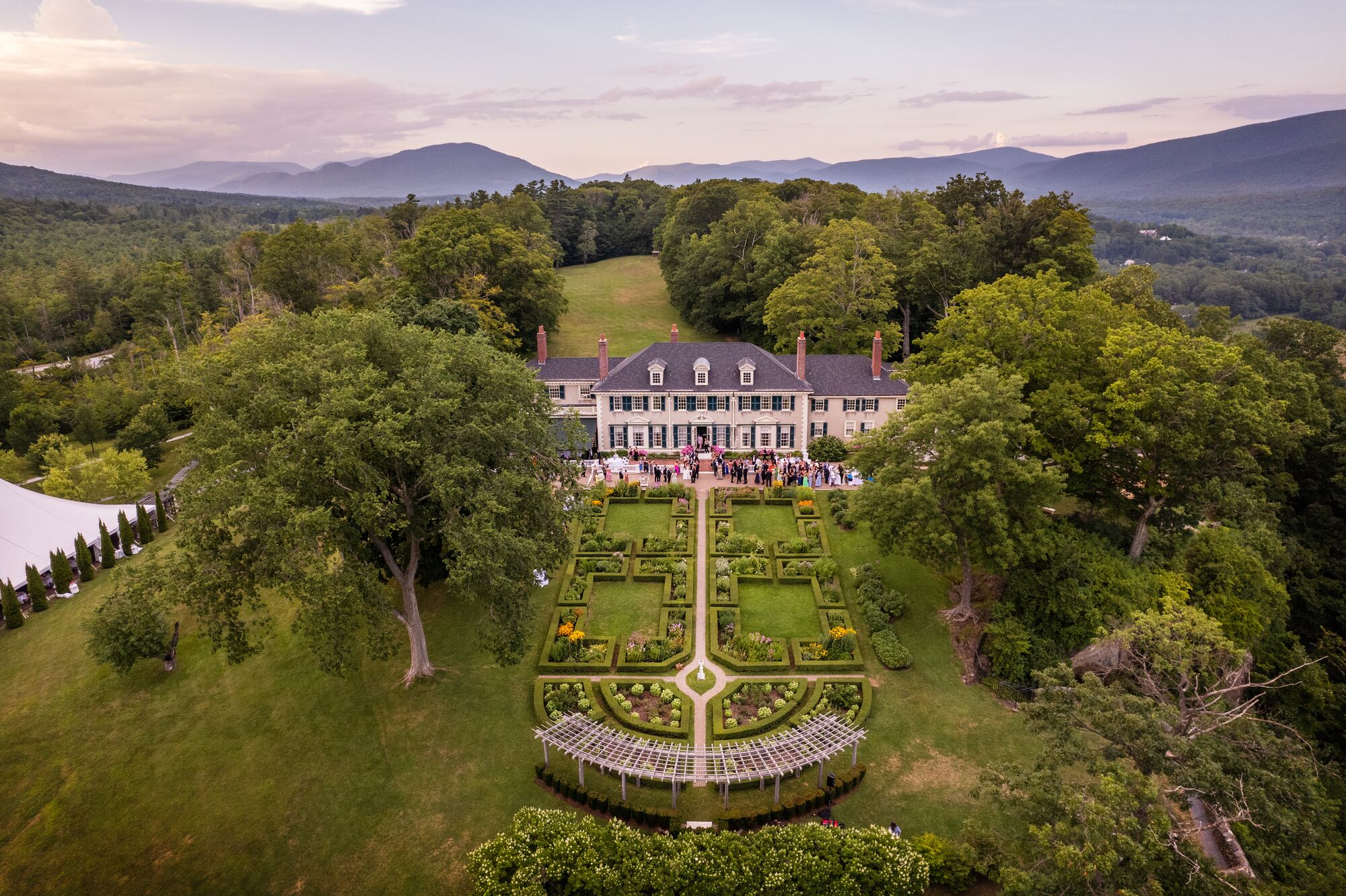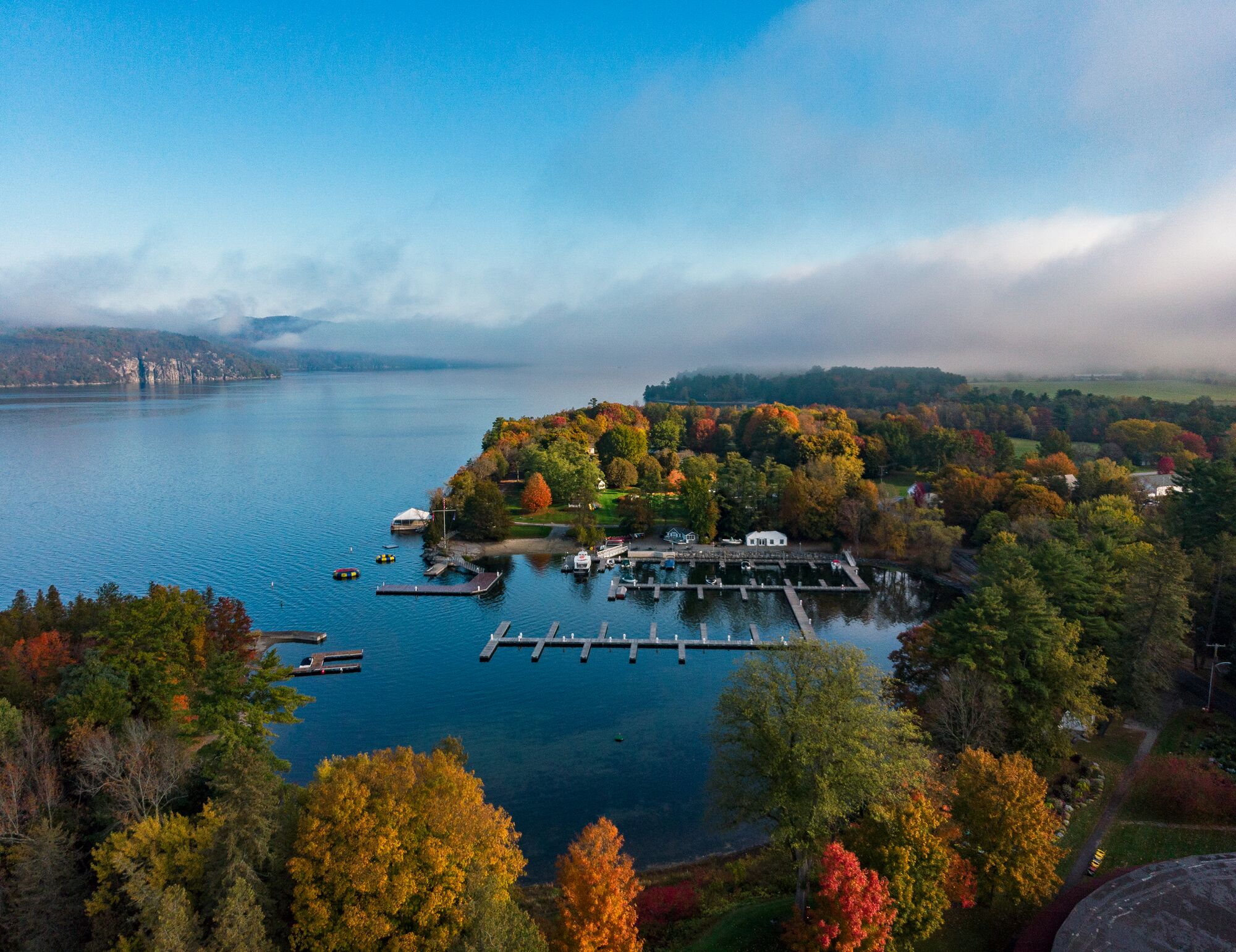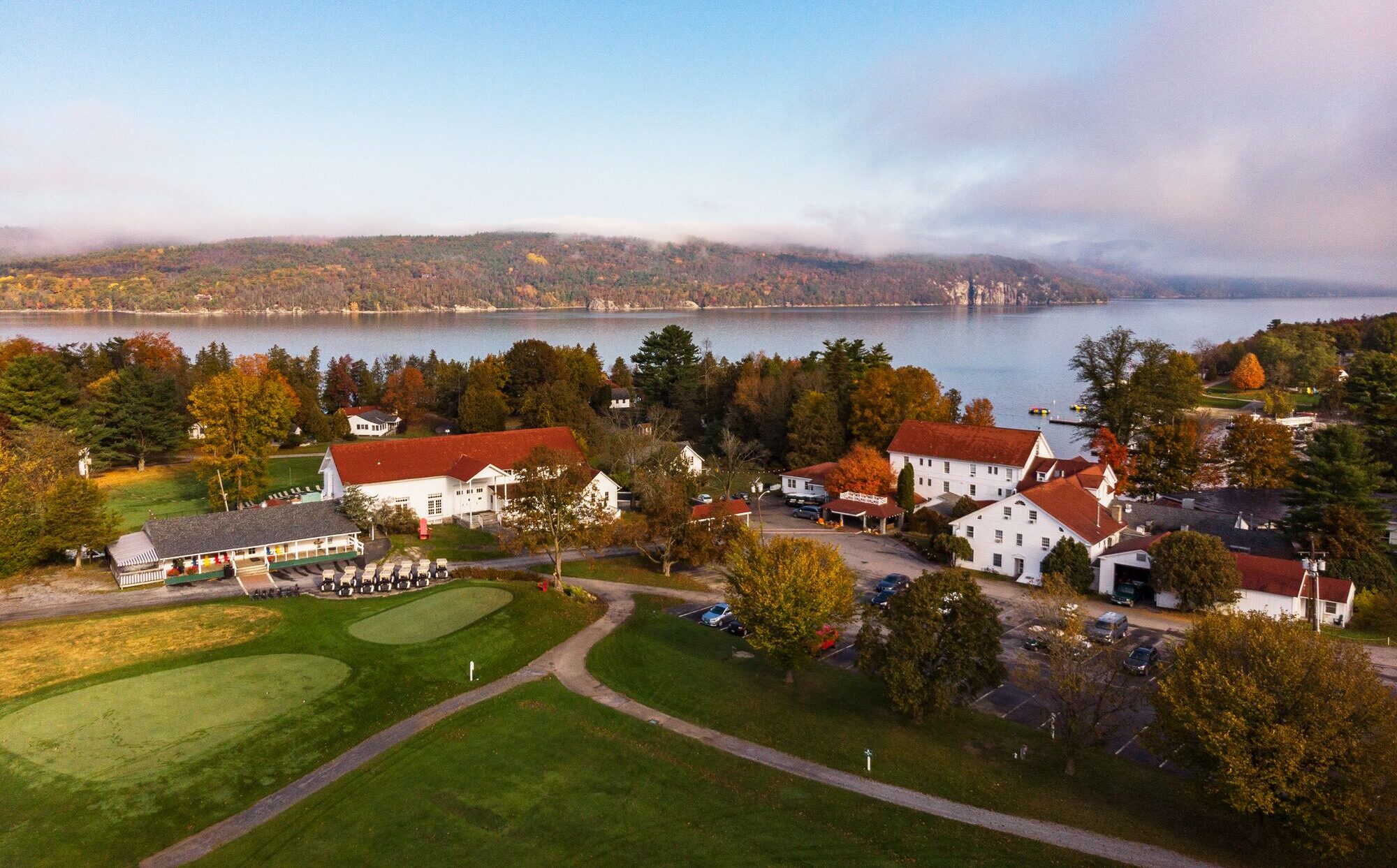White River Valley
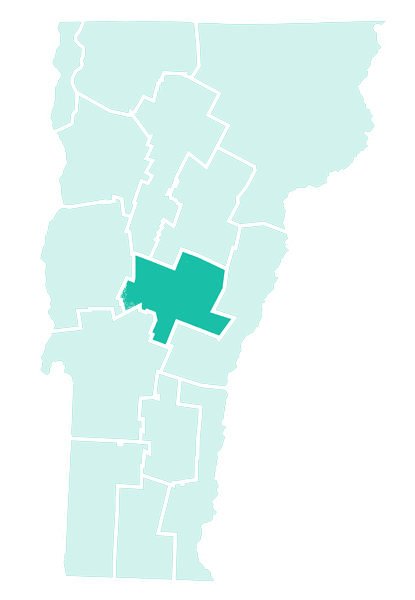
White River Valley
Tumbling eastward out of the Green Mountains, the river that defines this compact corner of central Vermont was known to the native Abenaki as “Wôbatekw,” or “clear stream.” Renamed by European settlers as the White River, it is still prized for its purity by those who fish and swim in its waters today. Passing under covered bridges and through towns and forests, the White River is a shining thread in this region’s diverse tapestry of attractions. From a “world’s fair” hosted by a town of only 1,300 to a bridge that literally floats, a visit to the White River Valley can hold as many delightful twists and turns as the river itself.
And in fact, there’s not just one White River. The main stem is joined by First, Second, and Third branches, all of which are remarkably unspoiled. The White River National Fish Hatchery, in Bethel, depends on this clean environment to cultivate lake trout and salmon. What’s good for the fish is great for vacationers, who have endless ways to enjoy the pristine waters: splashing around in swimming holes, going kayaking and tubing, and even casting their fishing lines.
Among the towns set on the White River is Randolph, the region’s largest community. Its red brick downtown features a Victorian-era train station where Amtrak’s Vermonter still makes stops—as do fans of local and organic food, attracted by the popular restaurant/grocery there, Chef’s Market. Another sign of Randolph’s growing reputation as a dining hot spot is the Thai restaurant Saap, whose chef-owner Nisachon Morgan won a James Beard Award for best chef in the Northeast.
Randolph had once hoped to become Vermont’s state capital, an honor that instead went to Montpelier in 1805. But it did gain fame as the home of Vermont Technical College, founded in 1866. Now part of Vermont State University, the campus brings lots of bright young people to the White River Valley, as does the Vermont Law and Graduate School in South Royalton.
Randolph’s arts and entertainment scene is another long-standing draw. Opened in 1919, the Playhouse Movie Theatre was the first purpose-built, single-screen movie theater in Vermont, and today it runs as a community nonprofit. A few blocks up Main Street is the acoustically superb Chandler Music Hall, a 1907 gift of telegraph executive and Randolph native Albert Chandler. Reborn as the Chandler Center for the Arts, it welcomes nationally known performers and is the headquarters for the New World Festival, an autumn celebration of Celtic and French-Canadian music.
Right outside Randolph is a form of entertainment that’s a bit more old-school and perfect for a summer night in Vermont. Since 1954, the Bethel Drive-in has welcomed movie lovers to its cinema under the stars, where everything is cash only and the concession stand is a former school bus.
The main attraction in the town of Brookfield is its “floating bridge” across Sunset Lake. (Because the lake is too deep for traditional supports, the bridge is mounted on pontoons in a local tradition that goes back to the early 19th century.) Driving west across the bridge will lead you to Allis State Park, where a 1930s fire tower atop Bear Hill provides views of the Green Mountains from Killington to Mount Mansfield, and White Mountain peaks to the east.
The White River Valley’s most dramatic natural formation is Texas Falls, off Route 125 in Hancock. Here, Texas Brook plunges through a narrow series of glacier-carved cataracts, all visible from footbridges through the rocks. And the name? No one knows for sure where it came from, but it dates back to at least 1850.
The region’s eastern quarter is famous for two very different reasons. Since 1867, the town of Tunbridge has hosted its end-of-summer World’s Fair, an event once known for its rowdiness but since tamed into a family-friendly festival of rides, agricultural and livestock contests, and of course, fair food. Just to the south, in Sharon, the Church of Jesus Christ of Latter-Day Saints maintains a monument and museum at the birthplace of its founder, Joseph Smith. History in the White River Valley, like the river system itself, flows in many directions.
Top Picks by Season from Yankee Magazine
Things To Do In the White River Valley
Spring
Randolph Playhouse Movie Theater
Randolph
Spring Hiking
Texas Falls and Moss Glen Falls
Worthy Burger
South Royalton
Silloway Maple
Randolph
Fly Fishing
White River and Tributaries
Read More
Summer
Bethel Drive-In
Bethel
White River Water Trail
White River
Ranger Gravel Ride
Tunbridge
Liberty Hill Farm
Rochester
Third Branch Pottery
Randolph
Read More
Fall
Tunbridge World's Fair
Tunbridge
New World Festival
Randolph
Floating Bridge
Brookfield
Bent Hill Brewery
Braintree
Maple Soul
Rochester
Read More
Winter
Brookfield Ice Harvest and Midwinter Fest
Brookfield
Joseph Smith Birthplace
South Royalton
Chandler Center for the Arts
Randolph
Middlebury Snow Bowl
Hancock
Saap
Randolph
Read More
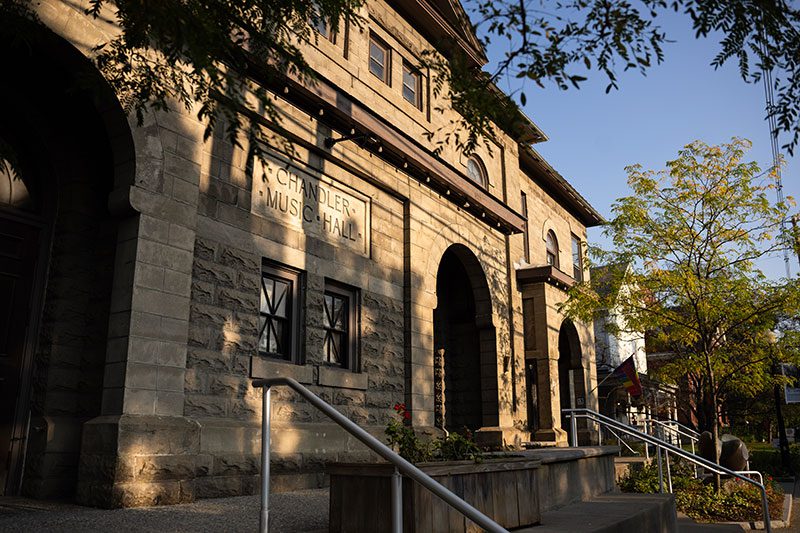
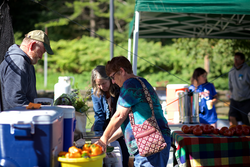
Historic Downtown In This Region
Randolph
Discover more than 240 miles of mapped trails for hiking, biking, cross-country and back-country skiing, snowmobiling, and snowshoeing along the third branch of Vermont’s White River.
